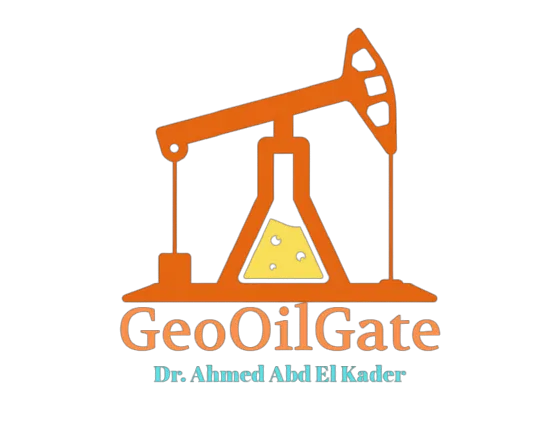Petroleum Geoengineering
Reservoir Evaluation

The Reservoir Evaluation teaches how to be successful subsurface geoscientists and engineers, able to build models that can provide good predictions of hydrocarbon reservoir behavior. The success of these models requires a good understanding of both the geology and engineering of the reservoir, where Most development decisions in oil companies are based on the predictions of computer models of the subsurface. In petroleum exploration and development, formation evaluation is used to determine the ability of a borehole to produce petroleum. Essentially, it is the process of “recognizing a commercial well when you drill one”.
Reservoir Modelling

Reservoir modelling requires the incorporation of data from various sources, along with the integration of knowledge and technical skills from a multitude of disciplines. Successfully incorporating 3D seismic data, in particular, is key to modelling any hydrocarbon field, as it provides critical insights into spatial distribution and various geological reservoir properties. Common challenges in hydrocarbon exploration and field development centre on the complexities and uncertainties embedded within the subsurface structure and associated formations, l features that need to be incorporated into the model.
Reservoir Simulation

In general, simulation is a theoretical or a physical representation of an operation and an imitation of its system/processes in real-life. Reservoir Simulation is a field developed in petroleum engineering where it utilizes porous media in computer modeling to estimate the fluids dynamics, its goal is to predict the field performance under varies producing strategies. Reservoir Simulation is grounded on recognized engineering equations, engineers started calculating reservoir engineering with basic mathematical model long before the emergence of modern technology. Although Reservoir simulation is not new to the industry, it has become more efficient than before due to the advanced capabilities provided by modern day technology. Proficiency, efficiency and effectiveness are the reasons why many engineers became a competent to the model and its development.
Rock Mechanics and Geomechanics

Rock mechanics, a branch of geomechanics, applies the principles of continuum and solid mechanics and geology to quantify the response of a rock that is subjected to environmental forces caused by human-induced factors which alter the original ambient conditions. Thus, engineering rock mechanics is concerned with the response of rock to an engineering, man-induced disturbance, and is different from geological rock mechanics, which deals with disturbances caused naturally by folds, faults, fractures and other geological processes.
Gas Shale

Shale gas is natural gas that is found trapped within shale formations. Shale gas has become an increasingly important source of natural gas in the United States since the start of this century, and interest has spread to potential gas shales in the rest of the world. In 2000 shale gas provided only 1% of U.S. natural gas production; by 2010 it was over 20% and the U.S. Government’s Energy Information Administration predicts that by 2035, 46% of the United States’ natural gas supply will come from shale gas.
Oil Shale

Shale oil is an unconventional oil produced from oil shale rock fragments by pyrolysis, hydrogenation, or thermal dissolution. These processes convert the organic matter within the rock (kerogen) into synthetic oil and gas. The resulting oil can be used immediately as a fuel or upgraded to feet refinery feedstock specifications by adding hydrogen and removing impurities such as sulfur and nitrogen. The refined products can be used for the same purposes as those derived from crude oil.
Hydraulic Fracture

The Hydraulic Fracturing is a well-stimulation technique that is most suitable to wells in low- and moderate-permeability reservoirs that do not provide commercial production rates even though formation damages are removed by acidizing treatments. Hydraulic fracturing jobs are carried out at well sites using heavy equipment including truck-mounted pumps, blenders, fluid tanks, and proppant tanks. A hydraulic fracturing job is divided into two stages: the pad stage and the slurry stage.
